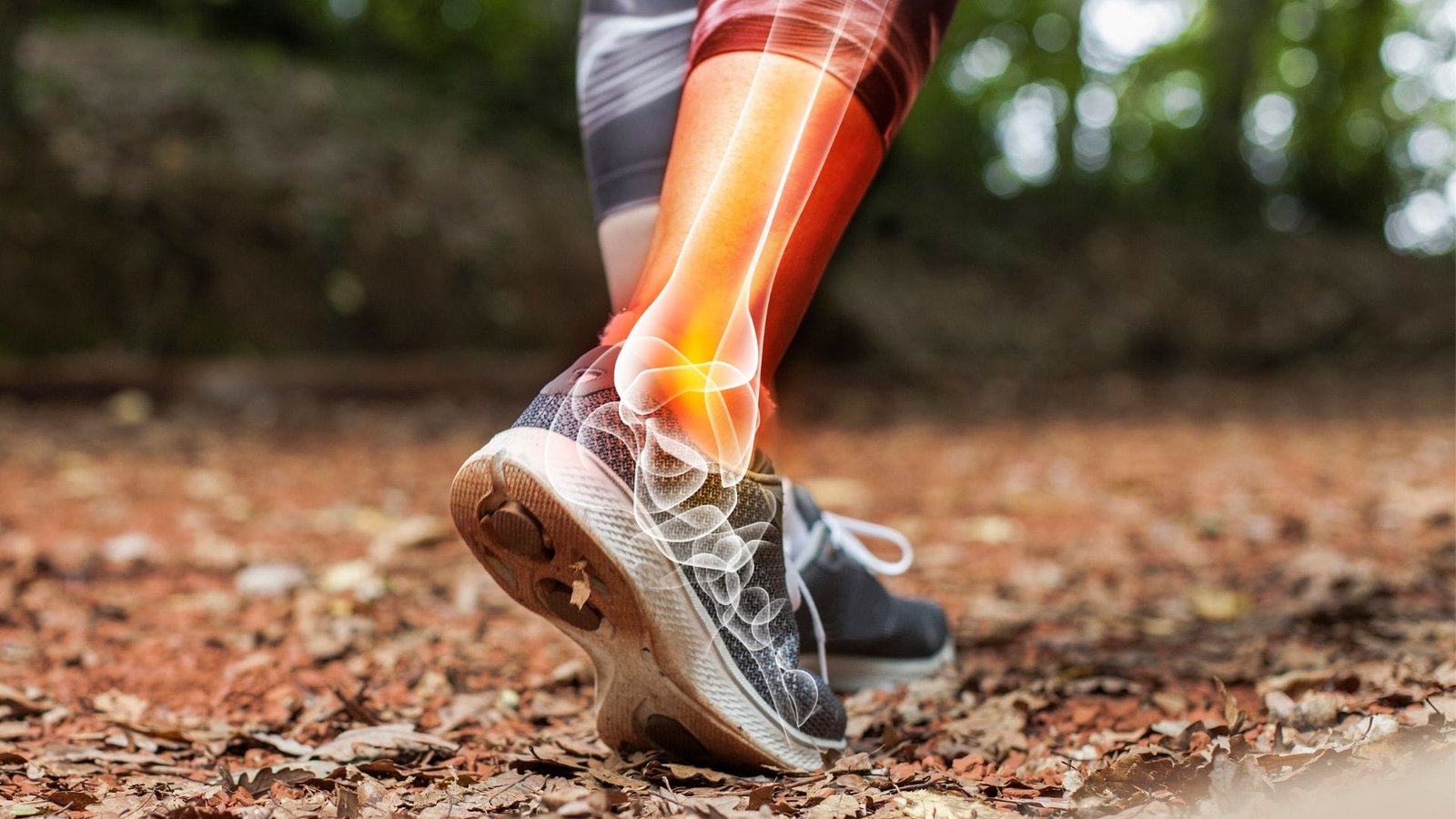As temperatures begin to drop and sidewalks become slick with snow and ice, choosing the right footwear becomes more than a matter of style, it becomes a matter of health and safety. Whether you’re heading out for a brisk winter walk or simply just running errands, wearing the right shoes can prevent a variety of cold-weather injuries and discomfort.
In this blog, we’ll explore the importance of proper winter footwear, common mistakes people make when selecting shoes, what features to look for, and the risks associated with poor choices.
Why Proper Footwear Matters
Winter conditions can be unpredictable. Snow, slush, and ice not only affect the roads but also turn sidewalks into hazardous zones. Wearing appropriate footwear helps:
- Prevent injuries from slips and falls
- Keep feet warm and dry
- Support healthy circulation and joint function
- Reduce the risk of cold-related illnesses like frostbite
In short, what’s on your feet can have a big impact on your well-being.
Risks of Not Wearing the Proper Footwear
Failing to wear the correct footwear during winter can lead to a variety of health issues, ranging from minor discomfort to serious injuries. Here are some of the risks:
1) Slips, Trips, and Falls
In Canada, winter weather leads to thousands of injuries each year due to icy surfaces. Falls on ice are a major cause of sprains, joint discomfort, and even head injuries. In many of these cases, improper footwear is a key contributing factor.
2) Frostbite and Hypothermia
Wearing non-insulated or damp shoes can leave your feet exposed to extreme cold for long periods. This significantly increases the risk of frostbite and hypothermia, especially among vulnerable populations like older adults, children, and people with diabetes.
3) Joint and Muscle Strain
Without proper support, navigating icy and uneven terrain can strain your ankles, knees, and hips. This is especially concerning for individuals with arthritis, balance issues, or previous injuries.
Common Mistakes when Looking for the Right Shoe
Many people underestimate how crucial footwear is during the winter months. Here are some of the most common mistakes when looking for the perfect pair of boots:
1) Prioritizing Style Over Function
Those boots might look great, but many fashionable options lack proper insulation, grip, or waterproofing. In winter, safety should always come first.
2) Wearing Worn-Out Soles
If you’re using last year’s boots, check the condition of the soles. Worn-out treads mean less traction, making you more prone to slipping.
3) Improper Fit
Shoes that are too tight can restrict circulation, while loose shoes reduce stability. Ill-fitting shoes also cause blisters and make walking on icy surfaces more dangerous. Ensuring a snug but comfortable fit is essential for both comfort and safety.
4) Ignoring Material
Materials matter. Lightweight or porous materials like canvas or suede soak up snow and water, leaving your feet wet and cold. This not only causes discomfort but also raises the risk of frostbite and infection.
What to Look for in Your Winter Shoes
Selecting the right footwear doesn’t have to be complicated. Look for the following features to ensure your feet are protected during winter:
1) Non-Slip Soles with Good Traction
Opt for rubber outsoles with deep treads to grip snow and ice. Slip-resistant soles reduce the risk of falls and offer stability in slick conditions.
2) Waterproof and Insulated Materials
Choose materials like Gore-Tex or treated leather to keep moisture out. Insulation like Thinsulate or shearling lining can help keep your feet warm in sub-zero temperatures.
3) Proper Fit and Support
Good winter boots should offer strong ankle support and a snug fit. Consider boots with removable insoles for customizable comfort, especially if you use orthotics.
4) Easy Entry and Closure
Look for boots with zippers, Velcro, or sturdy laces that allow for easy removal and a snug fit. This is especially important for older adults or people with limited mobility.
5) Reflective Features
Winter means shorter days and longer nights. Reflective elements on your boots can improve visibility and help keep you safe during early morning or evening walks.
Importance of Balance
In addition to footwear, it’s essential to prioritise balance and stability training. Incorporating core exercises and strength training into your routine not only helps protect your muscles from injury but also improves your overall stability. This becomes especially important in winter conditions, where icy surfaces increase the risk of slips and falls. Stronger muscles and better balance can help prevent these falls, and in the event one does happen, improved bone density from strength training may reduce the severity of injuries.
The Role of Orthotics in Winter Foot Health
Even with the best winter boots, foot pain or discomfort can still occur if your feet aren’t properly supported. Custom orthotics can make a significant difference in maintaining alignment, reducing joint stress, and improving overall comfort, especially in the winter when uneven and slippery surfaces can challenge your balance. Orthotics provide personalised support to help stabilise your arches and ankles, absorb shock, and promote proper walking mechanics. This not only helps prevent foot pain, but can also reduce strain on your knees, hips, and lower back.
Final Thoughts: Stay Safe During the Winter Months
Investing in a high-quality pair of winter boots isn’t just a seasonal purchase, it’s a preventive health measure. The right footwear can reduce your risk of falls, frostbite, and other cold-weather complications, all while keeping you comfortable and confident outdoors. Your feet are your foundation, take care of them, and they’ll take care of you.
Interested in learning how orthotics could benefit you this winter?
Book a free orthotic assessment with our team today. We’ll evaluate your gait, alignment, and footwear to determine if custom orthotics can enhance your comfort and safety throughout the season.
About the Authors
Sameenah Navsa
Clinic Manager
Bachelor’s of Kinesiology & Physical Education
Elaina.C
PhysioDNA Intern Student

